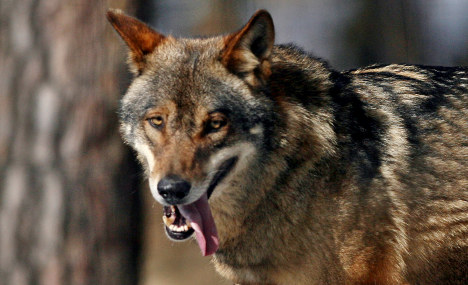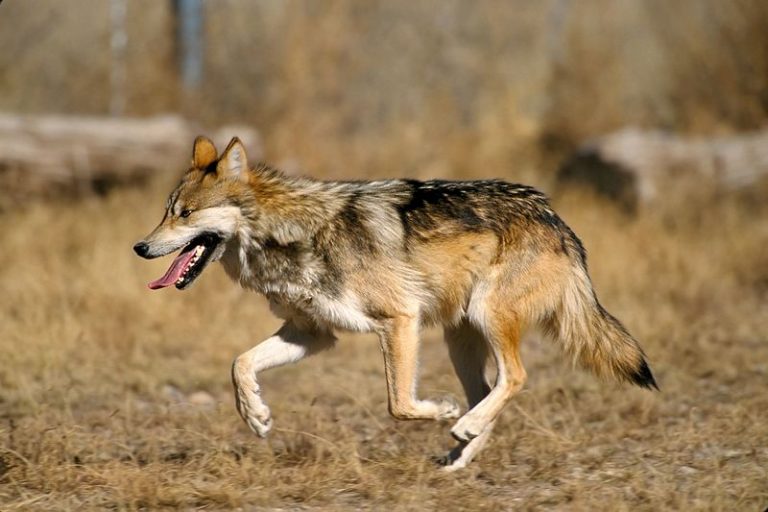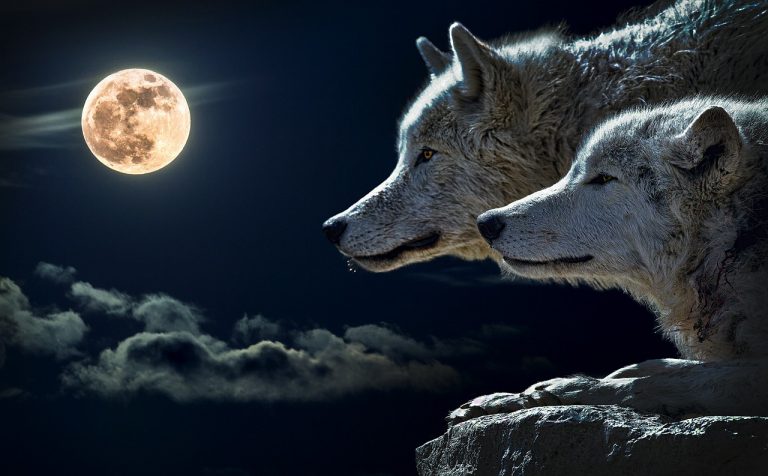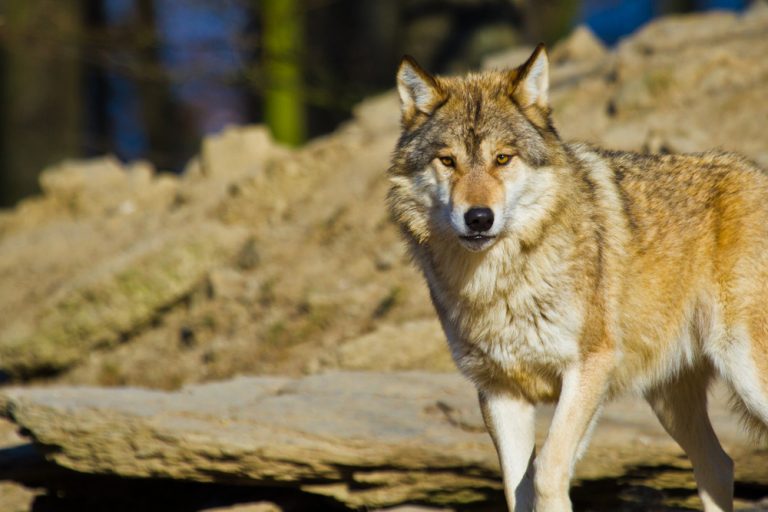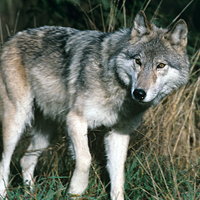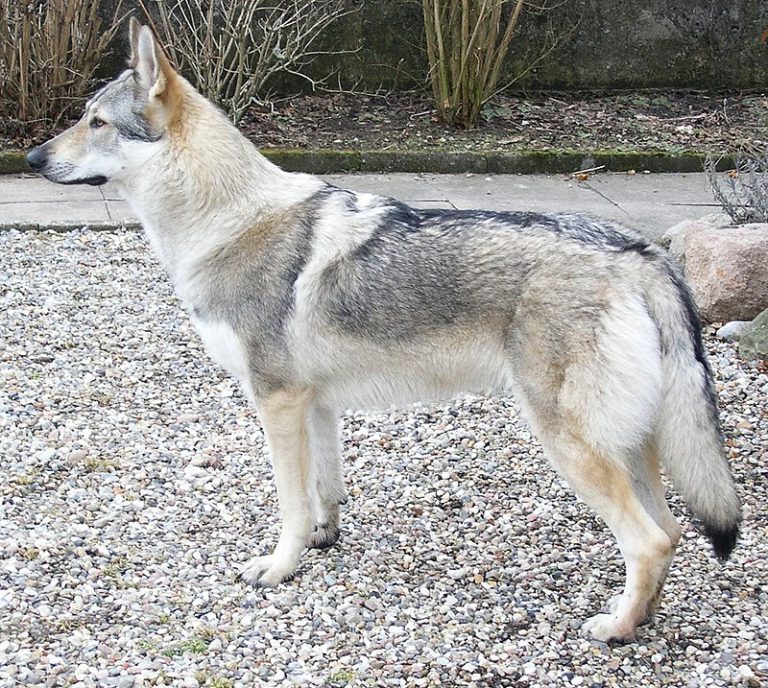The Chernobyl Wolves: How Are Wild Animals Surviving There?
30 years after the worst nuclear disaster known to humans, the Chernobyl Wolves and other wildlife are thriving where people fear to tread.
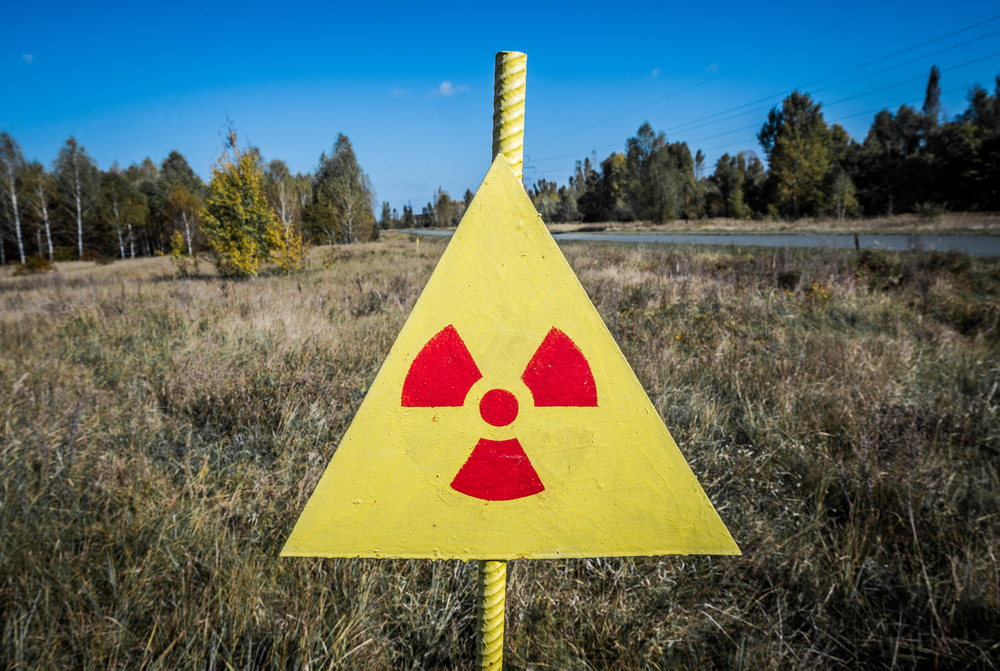
Over 30 years have passed since the nuclear disaster that expelled all human life from Chernobyl, northern Ukraine.
April 26, 1986, will always remain an unforgettable day in history as the doomed day when the nuclear plant there exploded during a safety test. The area was evacuated, leaving a non-populated and absolutely uninhabitable space called the Chernobyl Exclusion Zone.
But in spite of the high radioactivity, wildlife has been thriving in Chernobyl. Perhaps because the wild animals are free to live their life without any human intervention?
Wolves, birds of prey, deer, badgers, and horses are just a few of the wildlife that have taken complete control of the area.
Recently, the Ukrainian government permitted limited human access to the Exclusion Zone. The aim is to give scientists an opportunity to study the reality of the nuclear zone, three decades after the disaster.
The explosion at Chernobyl remains the worst of any nuclear disaster the world has ever witnessed.
The Chernobyl Wolves
The radiation had a huge negative impact first on the humans, then the animals.
In the first years, many animals died, produced mutated young, or were unable to reproduce. But this was relatively short term and their numbers started to grow again very quickly.
Presently, wolves have become the major ‘rulers’ in the Chernobyl dead zone. And they are sitting comfortably at the top of the food chain.
Wolves as top predators indicate the state of the entire ecosystem. Because if they are thriving and doing well, it means that they have enough food sources. Thus it could be safe to say other animal populations are doing well there too.
Studies still are yet to determine exactly how radiation affected the wolf population.
In other parts of the region, wolves are usually hunted because of the damage they do to livestock. Russia for instance, still permits wolf bounty hunting. But in the exclusion zone, their numbers are seven times larger than in other areas. Most likely because there are no humans to hunt them.
Are The Chernobyl Wolves Any Different?
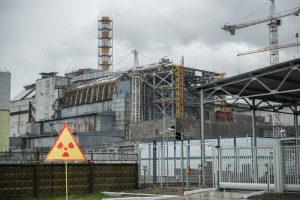
This high number of wolves might lead people to conclude that the radiation is beneficial to wolves. However, that would be a hasty assumption. Other key factors need to be taken into consideration, such as the lack of human population in the area.
Nevertheless, from what observers notice so far, the Chernobyl wolves have developed different behaviors from their kind elsewhere.
For example, they tend to hunt more during the day, as opposed to other wolves who prefer night.
This change probably occurred because the area is not populated by humans. Another change involves nutrition, as the Chernobyl wolves now have a wide variety of prey to choose from. They also roam freely near the abandoned human houses and hunt the descendants of the cats and dogs that were left behind.
Other Wildlife Thriving In Chernobyl
The fact that wolves and other wildlife can thrive in a zone with high radiation raises many questions though. Ionizing radiation is very dangerous not only to humans but to all living organisms, including wolves and any other species currently abundant in the Exclusion Zone.
The increased number of wild animals in the dead zone has made scientists realize there are many things they don’t know about how radiation affects animals.
Some of the questions that need to be answered are:
- What doses of radiation can animals receive without any harm?
- Exactly what are the effects of the radiation on the wildlife at Chernobyl?
- What mutations can we expect to see?
Scientists are still trying to determine whether if besides the obvious damaging effects of radiation, there may be some positive consequences (as the thriving wildlife seems to suggest).
Chernobyl Today
The region has become something of an exclusive wildlife sanctuary. The thriving populations of wolves, deer, lynx, beaver, eagles, boar, elk, bears and so on lend a kind of surreal atmosphere to the now silent nuclear plant.
That aside, it’s too soon to imply that things are back to normal in the zone. For one thing, humans cannot safely expect to live in the area freely for another 20,000 years!
Till then, the Chernobyl wolves and other wildlife can get on with living without too much human interference.

